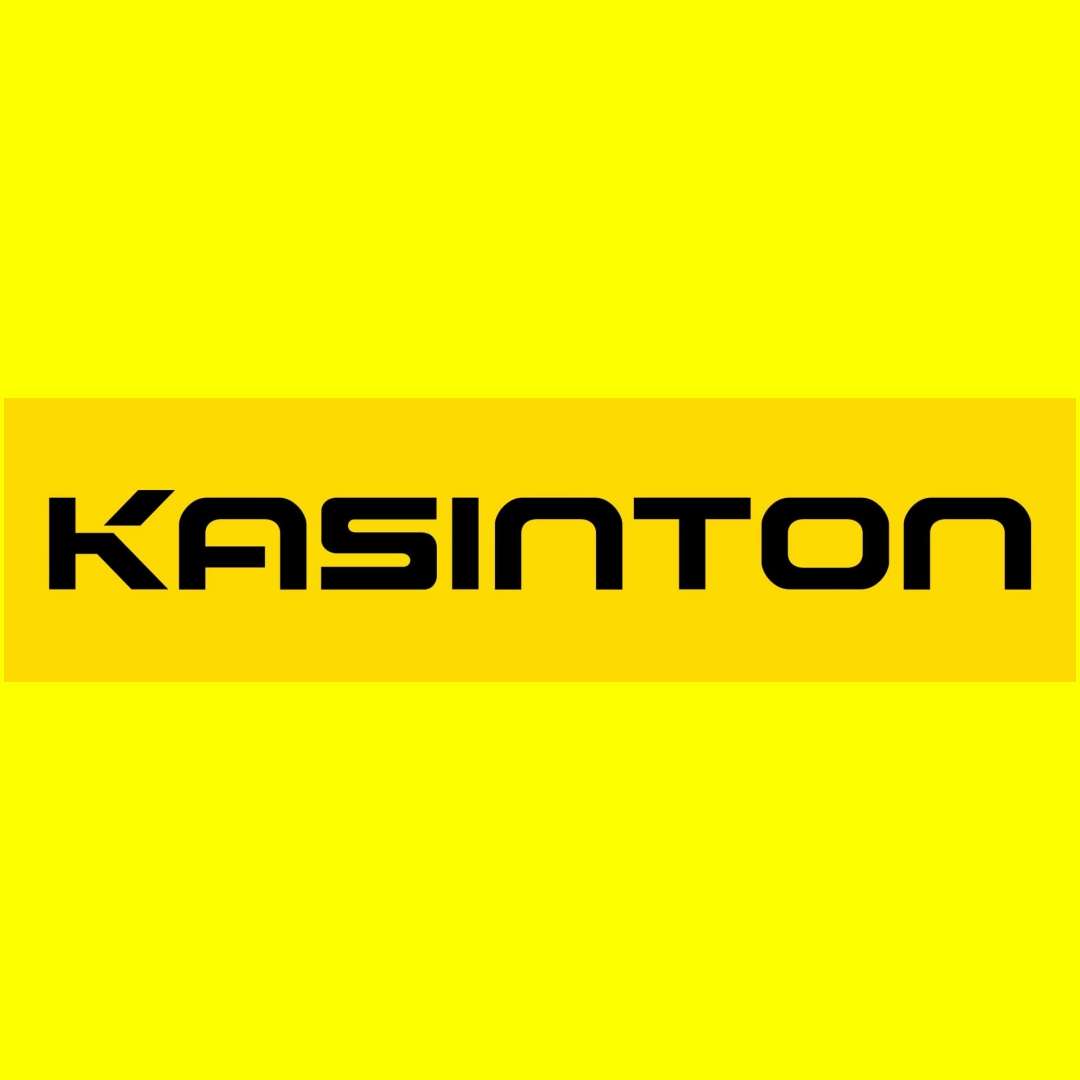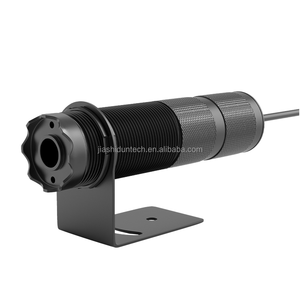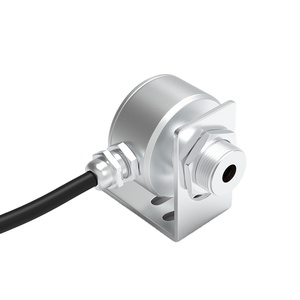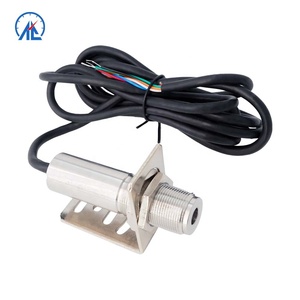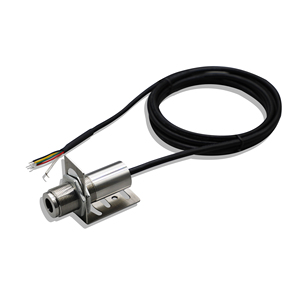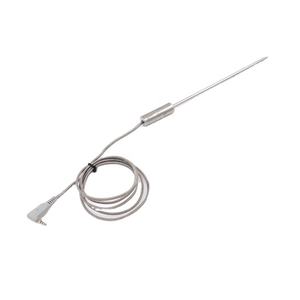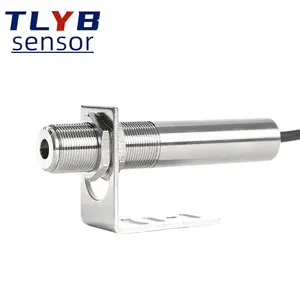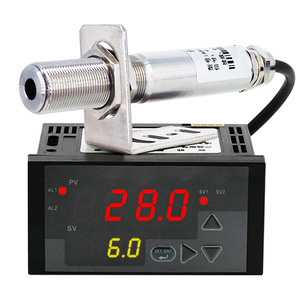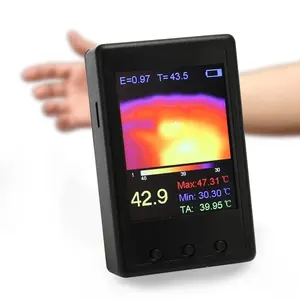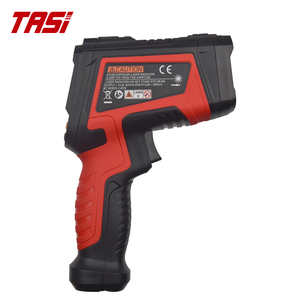Infrared Temperature Sensor











 1/1
1/1



 0
0












 1/3
1/3





 1/3
1/3




 1/1
1/1





 0
0






 1/6
1/6



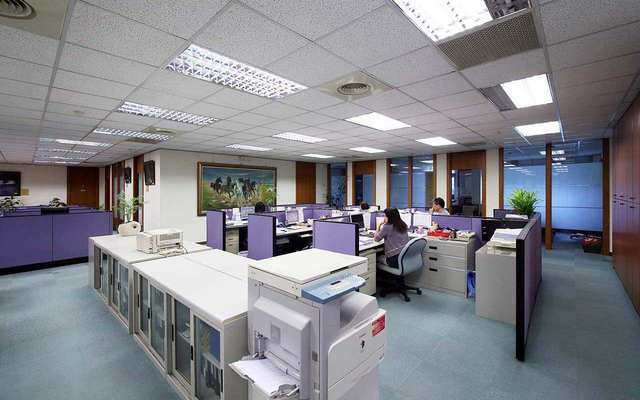

 1/3
1/3




 0
0



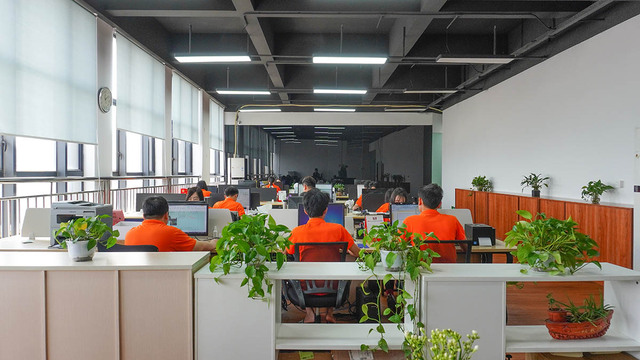

 1/3
1/3






 1/3
1/3




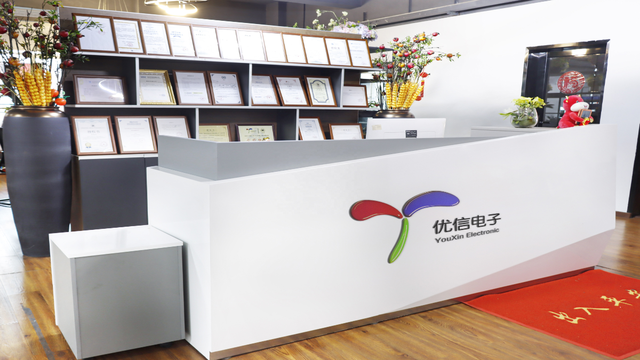

 1/3
1/3








 1/21
1/21





 1/3
1/3








 1/11
1/11




 1/1
1/1





 1/3
1/3





 1/3
1/3
About infrared temperature sensor
Where to Find Infrared Temperature Sensor Suppliers?
China remains the global epicenter for infrared temperature sensor manufacturing, with key production clusters in Jiangsu, Guangdong, and Liaoning provinces. These regions host vertically integrated supply chains encompassing optical component sourcing, electronic assembly, and calibration infrastructure. Jiangsu excels in industrial-grade sensors for process control applications, while Shenzhen-based manufacturers specialize in compact, high-precision modules suitable for medical and consumer electronics integration. The proximity of raw material suppliers, PCB fabricators, and logistics hubs enables rapid prototyping and scalable production.
Manufacturers in these zones benefit from mature ecosystems supporting both OEM and ODM models. Production facilities typically integrate SMT lines, environmental testing chambers, blackbody calibration systems, and EMI shielding verification setups. This integration reduces component lead times by 25–40% compared to decentralized production models. Buyers gain access to competitive pricing structures—driven by localized procurement of thermopile detectors, germanium lenses, and signal processing ICs—and flexibility in output configurations including analog (4–20mA), digital (I2C, RS485), and wireless (Wi-Fi) interfaces.
How to Choose Infrared Temperature Sensor Suppliers?
Evaluating suppliers requires a structured assessment across technical, operational, and transactional dimensions:
Technical Capability Verification
Confirm support for critical specifications such as emissivity adjustment (0.1–1.0 range), spectral response (typically 8–14μm for long-wave IR), and measurement accuracy (±1°C or ±1% of reading). Ensure compatibility with required temperature ranges—from cryogenic (-50°C) to industrial extremes (up to 3000°C). Validate availability of laser targeting, adjustable focal distance, and real-time data logging. For integration into automated systems, verify protocol support (Modbus over RS485, I2C) and response time under 250ms.
Production & Quality Infrastructure
Assess supplier capabilities through the following benchmarks:
- On-time delivery rate exceeding 95%
- Response time under 2 hours for technical inquiries
- In-house calibration capabilities using NIST-traceable blackbody sources
- Support for customization: thread size, cable length, display units, IP-rated housings, explosion-proof variants
Cross-reference performance metrics with order volume history. Suppliers reporting annual online revenues above US$50,000 demonstrate consistent market demand and logistical reliability. Prioritize those offering product tagging, custom packaging, and firmware-level configuration options.
Procurement Risk Mitigation
Utilize secure payment mechanisms such as escrow services to align financial exposure with delivery milestones. Request sample units to validate optical alignment, thermal stability, and signal noise levels before scaling orders. Conduct factory audits—virtual or on-site—to confirm presence of environmental test chambers, ESD-safe assembly areas, and quality management systems aligned with ISO 9001 principles. Verify compliance with RoHS and REACH directives where applicable for EU market entry.
What Are the Best Infrared Temperature Sensor Suppliers?
| Company Name | Location | Primary Products | Online Revenue | On-Time Delivery | Avg. Response | Reorder Rate | Customization Support | Min. Order Quantity |
|---|---|---|---|---|---|---|---|---|
| Jiangsu Aice Instrument Technology Co., Ltd. | Jiangsu, CN | Industrial IR sensors, high-temp models, aluminum processing sensors | US $190,000+ | 100% | ≤2h | 24% | Yes (output signal, display, communication, cooling, labeling) | 1 set |
| Wuxi Baiyida Mechanical And Electrical Technology Co., Ltd. | Jiangsu, CN | Long-wave IR sensors, non-contact thermometers, customizable units | US $50,000+ | 91% | ≤1h | 15% | Yes (emissivity, cable length, resolution, RS485, language) | 1 piece |
| Shenzhen Chuangwei Automation Co., Ltd. | Guangdong, CN | Honeywell-based sensors, optical & proximity sensors | US $20,000+ | 100% | ≤1h | 22% | Limited (model-specific) | 1 piece |
| Honno (Shenyang) General Machinery Co., Ltd. | Liaoning, CN | 4–20mA/RS485 output sensors, laser-equipped transmitters | US $7,000+ | 100% | ≤2h | <15% | Basic configuration options | 1–10 pieces |
| Wuhu Cfsencoch Co., Ltd. | Anhui, CN | Miniature IR sensors, thermopile modules, I2C interface devices | US $10,000+ | 100% | ≤1h | <15% | No (standardized modules only) | 5 pieces |
Performance Analysis
Jiangsu Aice leads in customization depth and revenue scale, offering comprehensive configurability for industrial clients requiring specialized housings, communication protocols, or cooling solutions. Wuxi Baiyida stands out for responsiveness and broad product range despite a slightly lower on-time delivery rate. Shenzhen Chuangwei leverages branded components (e.g., Honeywell DC1030CR) for higher-end applications, reflected in premium pricing. Honno and Wuhu Cfsencoch focus on cost-sensitive, standardized sensors with MOQs starting at 5 units—ideal for integration into mass-produced equipment. All top-tier suppliers maintain 100% on-time delivery except Baiyida, suggesting robust logistics execution across the segment.
FAQs
What is the typical minimum order quantity for infrared temperature sensors?
MOQ varies by supplier and model. High-end industrial sensors are often available from 1 unit, while miniature or module-type sensors require 5-piece minimums. Bulk pricing typically applies at 10+ units, with discounts up to 20% negotiable based on volume.
How long does it take to receive samples?
Standard sample lead time ranges from 5 to 10 days. Custom-configured units may require 15–20 days for programming, calibration, and testing. Air shipping adds 3–7 days depending on destination.
Are infrared temperature sensors calibrated before shipment?
Reputable suppliers perform factory calibration using blackbody radiation sources across defined temperature points. For critical applications, request calibration certificates traceable to national standards. Field recalibration may be necessary annually depending on usage intensity.
Can suppliers integrate specific communication protocols?
Yes, many suppliers support RS485 with Modbus RTU, I2C, and 4–20mA outputs. Custom firmware development for proprietary protocols is feasible with suppliers offering full ODM services, particularly those with in-house software teams.
What materials are used in sensor construction for harsh environments?
Industrial models use stainless steel (304/316) housings with IP65 or higher ratings. Lenses are typically made of germanium, zinc selenide, or silicon with anti-reflective coatings. Explosion-proof variants comply with ATEX or IECEx standards using sealed enclosures and intrinsically safe circuitry.


